Let It Go explores sisterhood dynamics through a charged blend of competitive sports and psychological tension. When snowboard star Lucy craves viral fame, her skeptical sister Zoe reluctantly coaches her—but hidden resentments ignite as forbidden attractions surface. A choice-driven drama where ambition, desire, and buried secrets collide, blurring lines between empowerment and self-destruction.
Sisterhood in Crisis
① Tense power struggles erupt during training sequences, where Zoe’s guidance clashes with Lucy’s performative social media persona.
② Flashbacks reveal childhood rivalries masked as sibling bonding, challenging players to dissect authenticity versus jealousy.
③ Moral choices dictate whether sisterly loyalty evolves into collaboration or sabotaged rivalry, with consequences rippling through late-game reveals.
Identity & Desire
① Lucy’s pursuit of viral stardom forces players to navigate cringe-worthy self-branding mini-games juxtaposed with raw, unscripted moments.
② Zoe’s forbidden attraction manifests through subtle gesture-based interactions, like lingering touches during equipment checks.
③ Lucy’s secret subplot—hinted via cryptic journal entries—reveals her own hidden trauma, reframing her ambition as survival rather than vanity.
Interactive Storytelling Mechanics
① Dialogue trees pivot on tone: sarcastic retorts or vulnerable confessions alter Zoe’s trust meter, unlocking divergent story arcs.
② Environmental clues, like discarded social media drafts or hidden diaries, hint at unresolved family trauma shaping both sisters.
③ Climactic choices involve sacrificing social clout for authenticity, with endings ranging from viral redemption to self-destructive isolation.




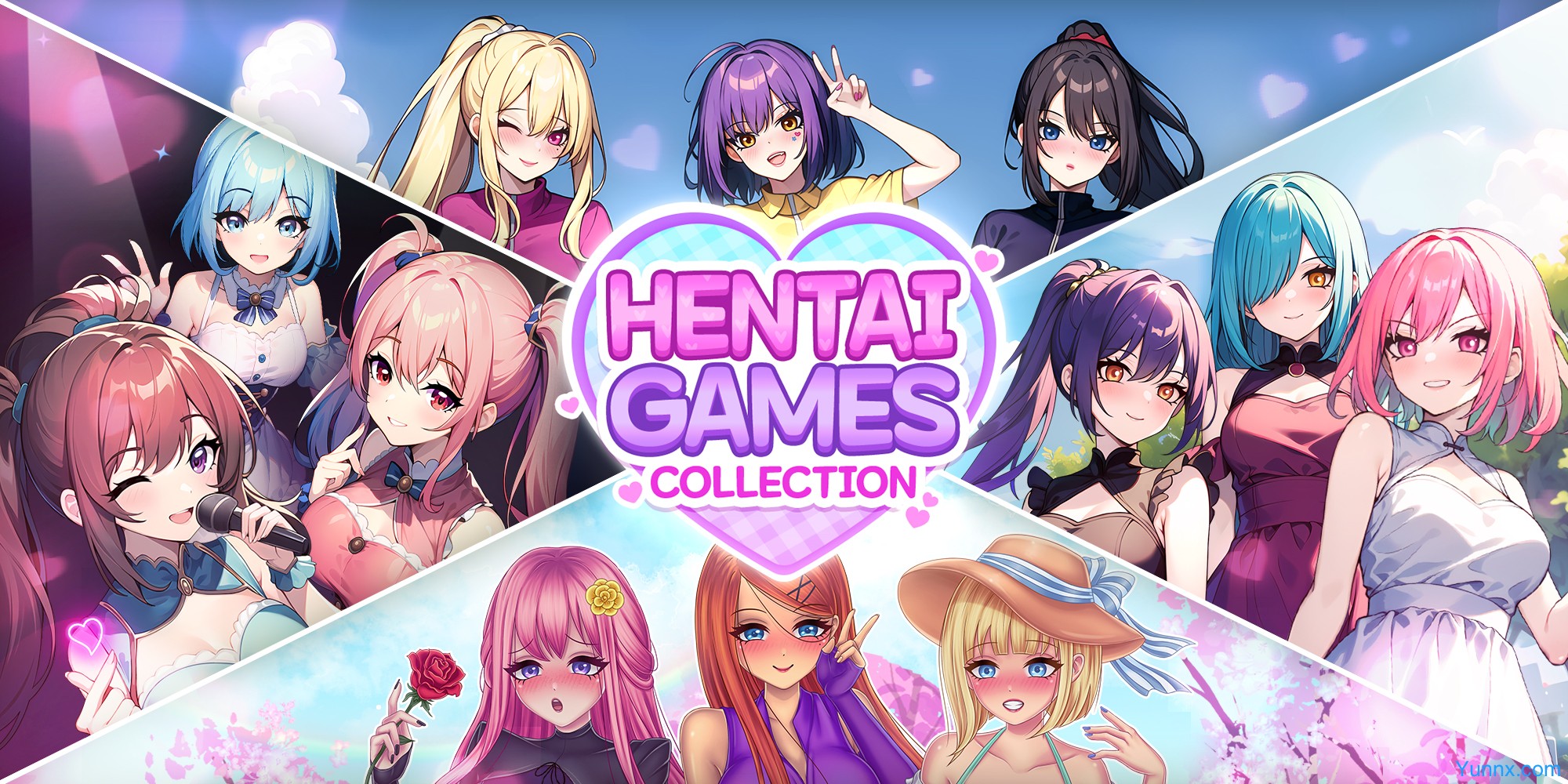




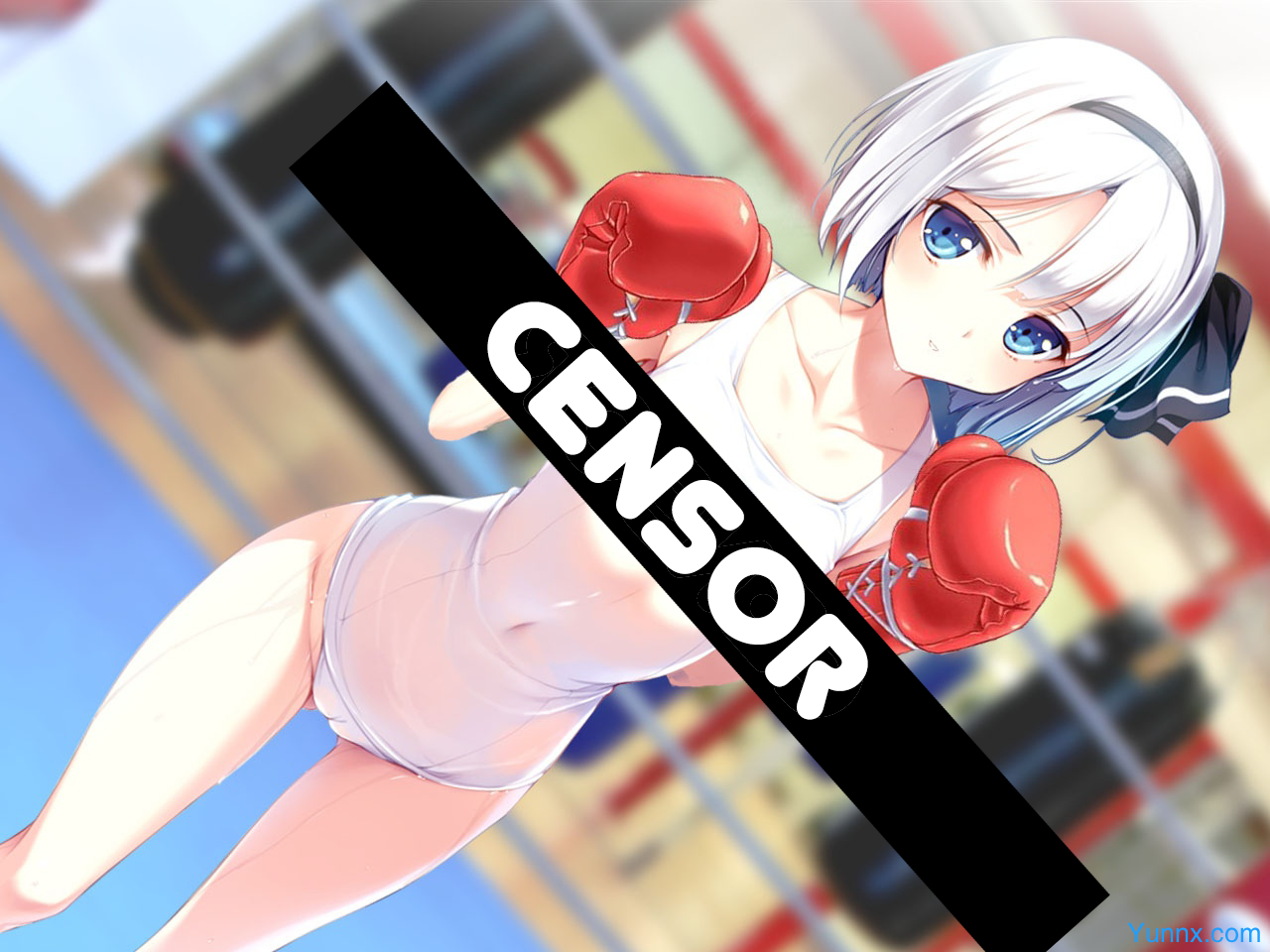







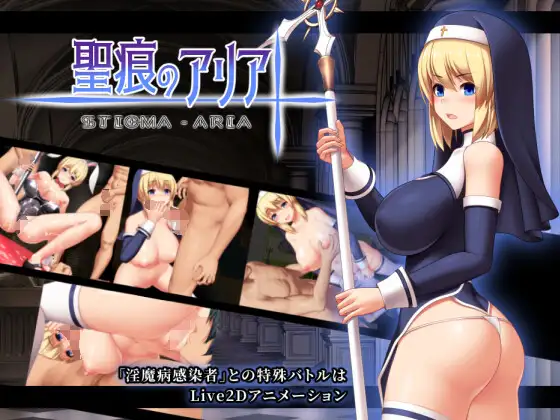
















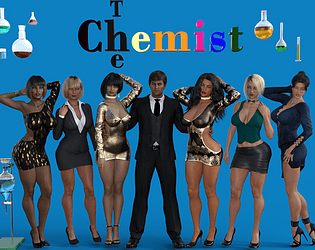
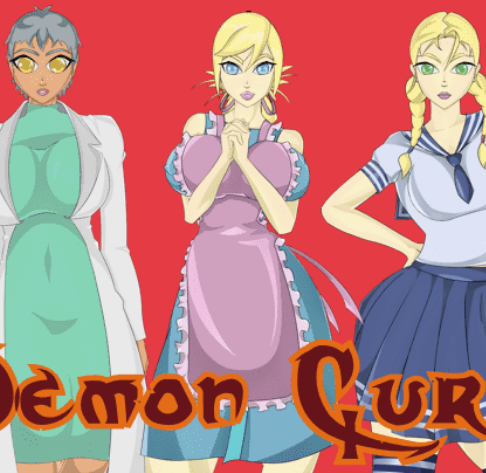



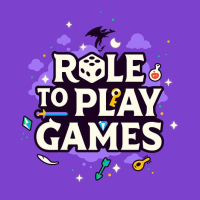




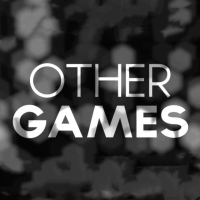
Preview: